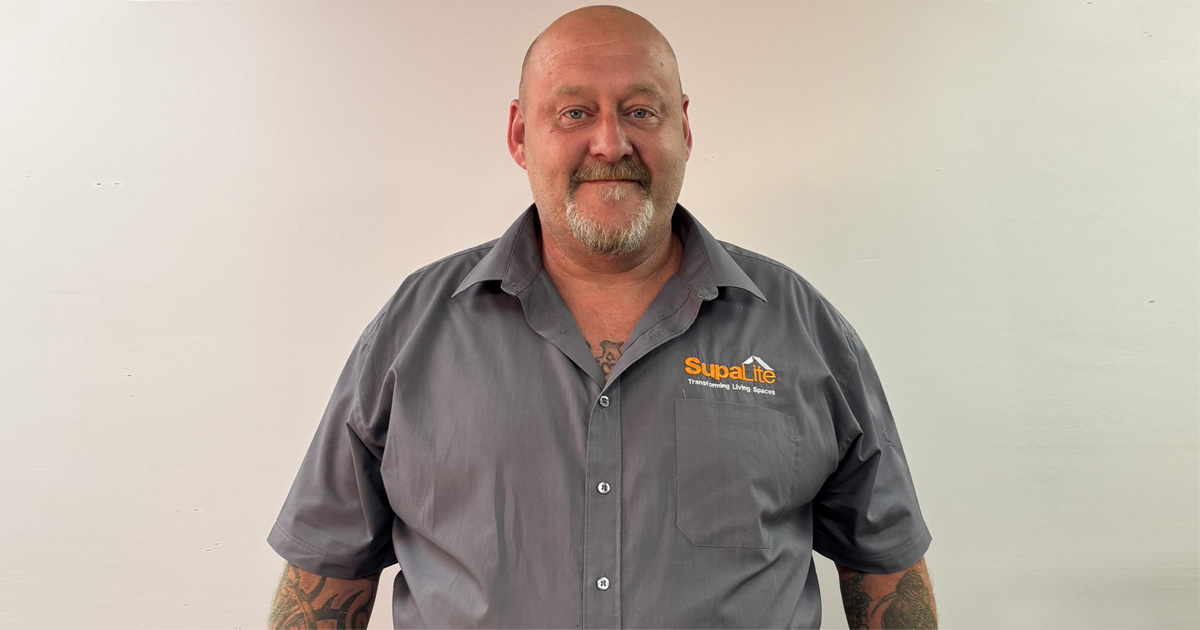In the fast-paced world of manufacturing, there’s a lot of noise around automation — and rightly so. Automation has transformed how we work, how fast we produce, and how accurately we deliver.
At SupaLite, we’ve seen first-hand how investing in automated systems can boost our output, reduce waste, and raise quality to even higher levels. However, we also know the importance of manual labour, and how this plays a critical role in our day-to-day manufacturing.
As Production Manager, it’s my responsibility to make sure all the work is completed in a timely manner, ready for delivery dates. My focus is creating a smarter, more efficient environment, one where automation and manual labour work together.
Automation and Manual Labour in SupaLite’s Manufacturing
Automation plays a significant role in our daily production operations. Our facility is equipped with two Haffner machines for cutting aluminium and two CNC saws - these are run on a program then the data is uploaded to the machines for automation, allowing for efficient, precise and consistent processing. This level of automation streamlines tasks and eases the workload for our operators.
Once the automated cutting is complete, the focus shifts to our skilled production team, who carry out the finishing touches. There’s a well-balanced relationship between automation and manual labour, with both playing essential roles in our overall manufacturing process.
The Haffner AL225 machine has had a significant impact on our workflow, improving efficiency and productivity through full automation. The CNC saws have made cutting the OSB and plywood much faster, reducing labour time and delivering cost savings. By batching multiple jobs together, we've also significantly reduced material waste, making our processes more sustainable and cost-effective.
Despite these technological advancements, many aspects of our production still depend heavily on manual labour. Tasks such as picking components for roofs - like plastics for example - and cutting fascia boards are meticulously done by hand, so is the prepping of the aluminium for the roofs.
This manual labour is not only crucial for operational flexibility but also plays a vital role in ensuring the high-quality standards our customers expect.
Investing in Our Team
As we continue to innovate in our manufacturing facility, one of our key priorities is investing in the development of our people. Technology can only go so far without the skill and insight of a capable workforce behind it.
That’s why we’re dedicated to providing ongoing training and upskilling opportunities for our team - particularly as new automated systems are introduced. We’re not just teaching our operators how to use machines; we’re helping them understand the full production process, troubleshoot issues, and how to adapt to new technologies with confidence.
How SupaLite Are Building a Balanced Future
We’re not just building roof systems; we’re building a smarter, more sustainable way of manufacturing. That means embracing automation where it adds value, but never at the expense of people. Instead, we look at how technology can enhance human capability - freeing our teams to focus on quality control, innovation, and continuous improvement.
We’ve found strength in the balance - it’s not about choosing between automation and manual labour—it’s about choosing the best of both.
Over the next 10 years, I anticipate machines will take on additional tasks, such as loading and unloading profiles at the machine centre; however, skilled staff will still be essential to operate and oversee these machines.
by Greg Edmonds, SupaLite’s Production Manager



